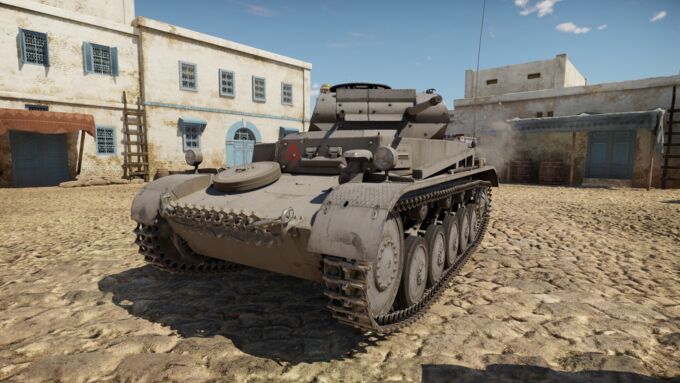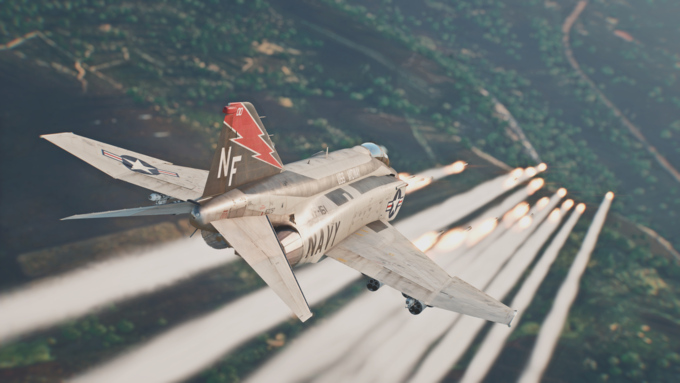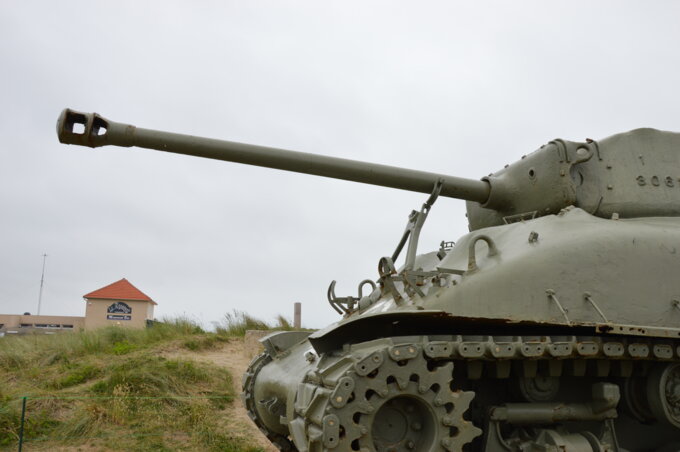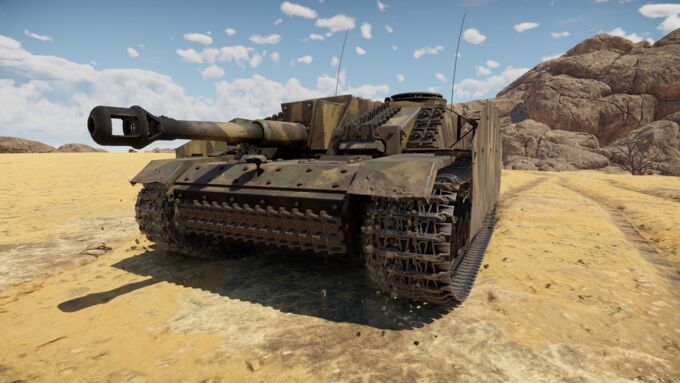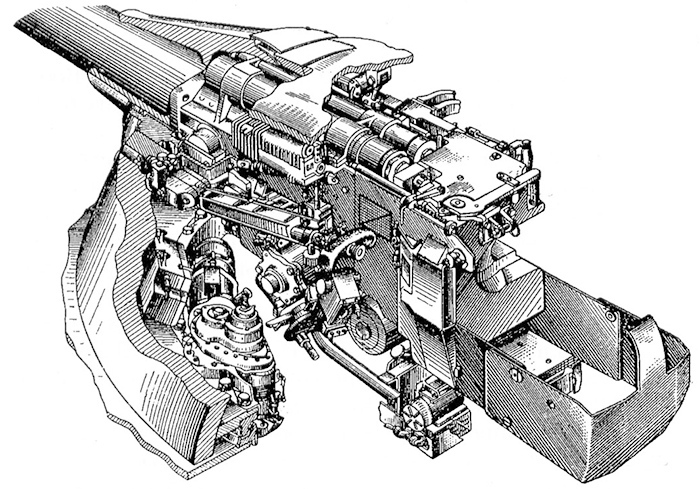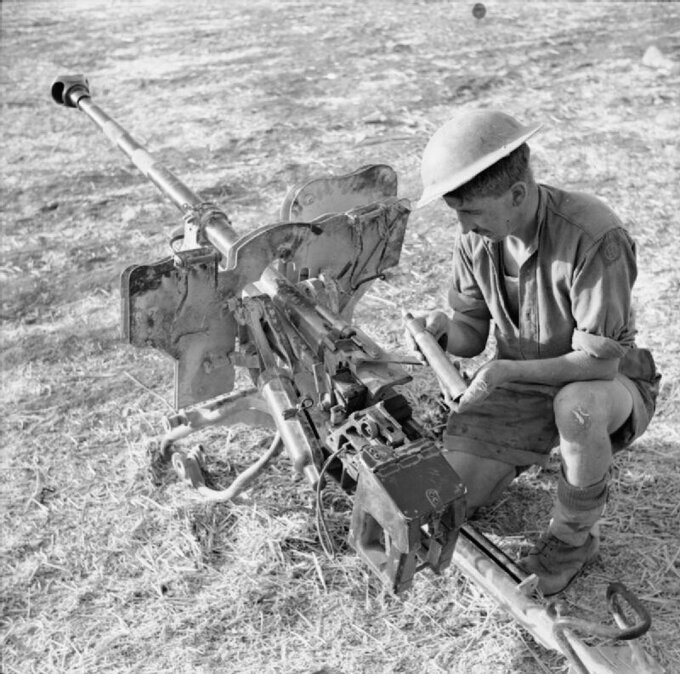Guns
The Mauser 20 mm MG 151/20 is a German 20 mm aircraft cannon converted from the 15 mm MG 151/15 cannon to a 20 mm after combat evaluation proved a larger high-explosive shell to be more effective than a high-velocity shell.
This article is about the history of the 2 cm guns using the 20×138mmB Rheinmetall ammunition, primarily the 2 cm KwK/Flak 30/38 L/50/65. It also covers usage by other nations represented in-game, such as Italy with Breda and Scotti guns, and includes a minor guide. The ammo and guns were the smallest mainstay unit of dual-purpose AA/AT guns, starting in the late 1920s and actively used and improved until 1945. These guns were used as infantry super heavy machine guns (Überschwere MGs), tank armaments (KwK), as well as infantry and vehicle AA guns (Flak).
The Ballistic Computer is a system found on some modern aircraft and helicopters used to aid the player in the delivery of unguided air-to-ground munitions. There are two key functions of the ballistic computer: Constantly Computed Impact Point (CCIP) and Constantly Computed Release Point (CCRP). CCIP continually calculates where munitions will land and gives the pilot an accurate impact point to aim with. CCRP allows the player to specify an impact point, the ballistic computer will then continually calculate at which point along the player’s flight path munitions will need to be released in order to hit the player’s designated impact point, and will only allow munitions to be released when that point is reached.
While 1 mm more doesn't appear so much in size when comparing 75 mm to 76 mm, the Americans managed to make that one extra 1 mm impress with extra firepower boost against tanks during World War II. While the weapon was not without controversy on whether it was indeed the right weapon for the war, it proved sufficient in helping American tankers face-off against tougher enemy tanks to win the overall war. This is the story of how that weapon came to be.
In this guide is about the 7,5 cm KwK and StuK 37 L/24 (as well as modernized K.51). The gun was a prewar development of a compremise of firepower to size. Duo to its size and weight, as well as ammo development put it in a role of multipurpose on a great amount of different vehicles, used prewar till the very end.
This guide is about the history to the 10,5 cm StuH 42 L/28. These guns were the mainstay of the German Army, from prewar till the very end. With performance upgrades along its life, it was effectively used in a multitude of roles such as direct support/assault artillery fire and counter artillery. The close up field support was effective against structures, infantry and tanks using a wide array of ammo types. It was only late in the war to be replaced by longer barreled variants such as L/30 and L/35. Being a formidable gun both in-game as well as IRL. It was used on all fronts, upgraded over time and used by multiple nations.
French 203 mm/50 model 1924 was used by the French heavy cruisers during the Second World War, most notably Colbert and Dupleix. It came equipped with SAP and HE shells, with the latter having a very large explosive filler compared to the SAP shell but poor penetration, while the former having just slightly larger explosive filler than SAP but offering a contact fuse, which might be preferable under some circumstances. Lacking a dedicated AP shell, it struggles to deal with heavily armoured cruisers.
The gun stabilizer is a system that improves the tank gun’s aim at the target and preserves (stabilizes) its aim even when the hull vibrates during movement, which allows it to perform effective aimed fire during vehicle movement or when temporarily stopped. This reaction time and accuracy between target detection and effective hit draw the line between life and death in tank warfare. Read more about the gun stabilizers in the article.
The 36 cm/45 Type 41 is a Japanese 356 mm naval cannon commonly found on many of the nation’s battleships. It is a highly capable primary gun, often able to eliminate enemy destroyers or light cruisers with a single broadside. It also offers a wide selection of ammunition and a few slightly different turret designs.
Retaining a lethal enough anti-tank weapon while maximizing mobility proved troublesome in World War II as tank armor increased in an arms race among the belligerents. As the different countries researched better ways of shrinking strong anti-tank power into a man-portable format, one of Germany's concepts took an innovative approach with the application of the "squeeze-bore" weapon to produce a high-velocity rifle at a smaller caliber yet just as capable of punching through tank armor. The s.Pz.B.41 is the result and armed many German soldiers and armored fighting vehicles like the Sd.Kfz.221 in War Thunder, but was such a weapon worth the squeeze?

